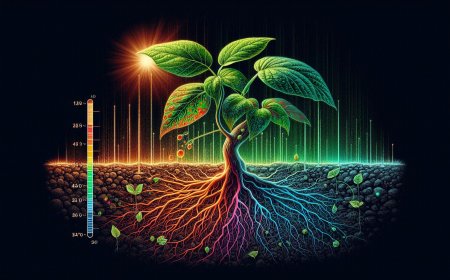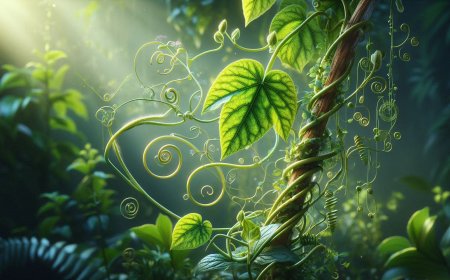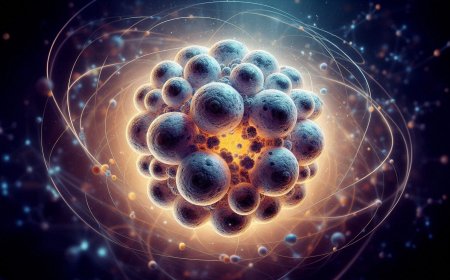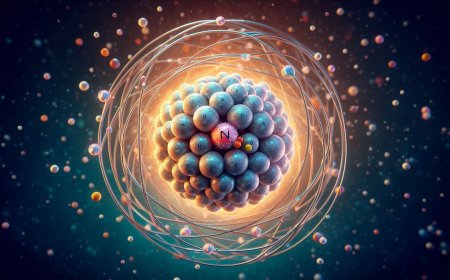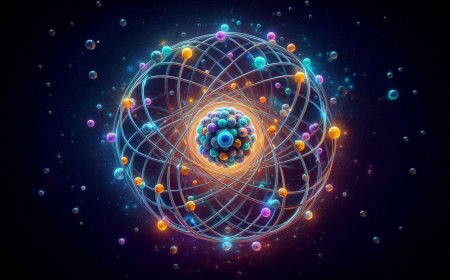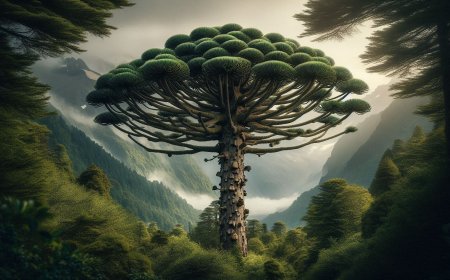The Red Sea’s Scarlet Secret: How a Blue Organism Colors it Red
Explore the fascinating biology of the Red Sea’s red tint, caused by the blue-green cyanobacteria Trichodesmium erythraeum. Learn how this tiny organism colors the waters and supports marine life.
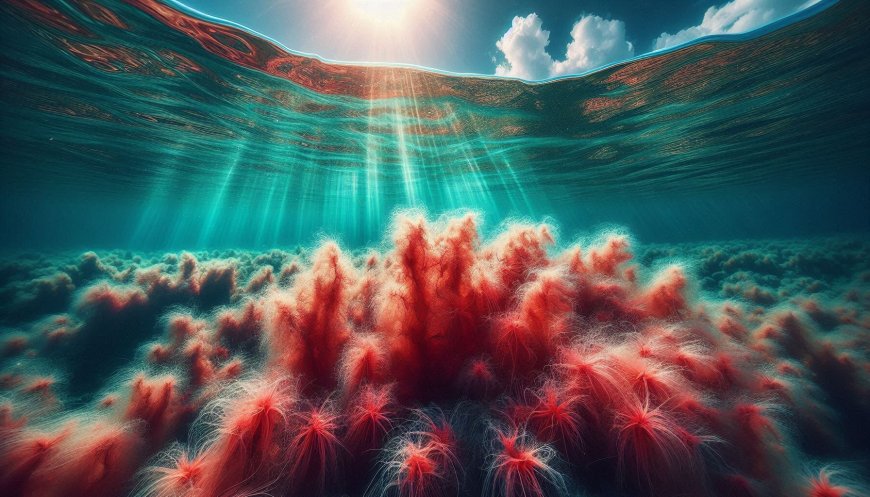
The Red Sea, with its striking name, conjures visions of scarlet waves and crimson shores. Yet, if you’ve ever gazed upon it, you’ve likely noticed that its waters are not actually red but rather a beautiful, serene blue or even turquoise. So why the name “Red Sea”? Interestingly, this famed color designation is due to tiny blue-green organisms that reside within its waters.
The Science of Cyanobacteria and the Red Sea
The Red Sea’s distinctive name is rooted in biology. The key player behind its name is a type of cyanobacteria called Trichodesmium erythraeum. Despite being microscopic, these organisms have a powerful influence on their environment. Though they are commonly blue-green, Trichodesmium erythraeum can create a phenomenon that, when conditions are right, gives the water a red tint. This unique coloration has fascinated scientists and explorers for centuries.
How Blue-Green Cyanobacteria Create a Red Hue
Cyanobacteria are photosynthetic microorganisms that thrive in marine environments. In nutrient-rich conditions, Trichodesmium erythraeum blooms in massive numbers, creating vast colonies that form dense, visible patches on the water's surface. When these colonies die off, they release pigments, including phycocyanin and phycoerythrin. Phycocyanin gives the bacteria its blue-green color in typical conditions, but during certain bloom phases or in sunlight, the reddish pigment, phycoerythrin, becomes dominant, sometimes giving the water a reddish hue.
The pigment shift, coupled with other factors like sunlight angles and water salinity, contributes to the occasional reddish appearance of the sea. These rare but spectacular displays are what led ancient explorers and locals to name it the “Red Sea.”
A Delicate Balance: The Environmental Role of Cyanobacteria
While visually captivating, the biological importance of Trichodesmium erythraeum goes far beyond its color. This cyanobacterium is a natural nitrogen fixer, meaning it can convert nitrogen from the atmosphere into a form usable by other marine organisms. This process enriches the nutrient composition of the water, supporting fish populations, coral reefs, and other marine life that form the Red Sea's complex ecosystem.
However, blooms of cyanobacteria must be in balance. Excessive blooming can lead to hypoxic conditions (low oxygen levels), threatening marine life by depleting oxygen and releasing toxins. This delicate balance highlights the importance of understanding and protecting these microorganisms.
The Colorful Legacy of the Red Sea
The Red Sea’s name serves as a vivid reminder of the beauty and complexity of marine ecosystems. While this phenomenon doesn’t occur frequently, the blooms of Trichodesmium erythraeum are part of what makes this body of water so unique and scientifically intriguing. Thanks to these tiny blue-green organisms, the Red Sea has a legacy of color that fascinates biologists, environmentalists, and travelers alike.
In the end, the story of the Red Sea's color reveals much about how even the smallest organisms can shape our world, influence history, and add a splash of intrigue to our planet’s most vibrant ecosystems. So next time you encounter the breathtaking waters of the Red Sea, remember: beneath that blue, there’s a touch of red, thanks to the mighty cyanobacteria working their magic.
What's Your Reaction?







